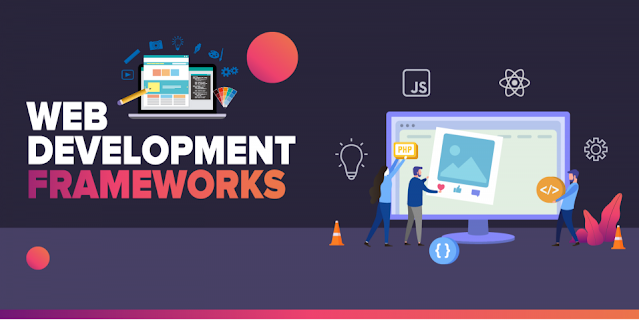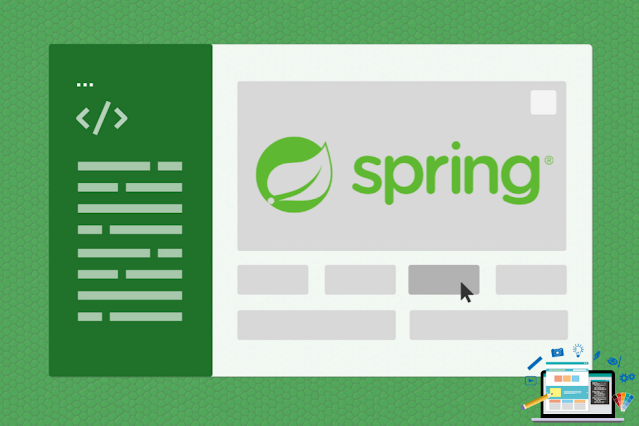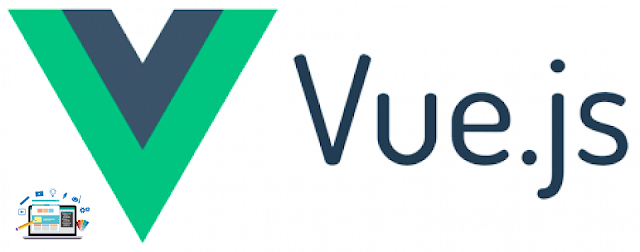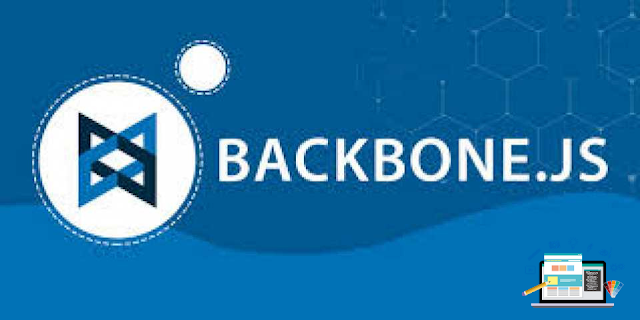Which are the best framework for Web Development?
Frameworks have become an integral aspect of web development, as the complexity of the technology required for web applications continues to rise. It's totally irrational to try to recreate the wheel for such complex procedures, presuming you can do so. As a result, building sophisticated and interactive online apps with frameworks backed by thousands of developers around the world is a highly practical approach. Because a web programme has a backend (server-side) and a frontend (client-side), we cover both backend and frontend frameworks. Here's an overview of the greatest web development frameworks for 2021:
Best Backend Frameworks
Here are some of the most robust backend frameworks in 2021, ranging from RESTful APIs to entire MVC frameworks, that you might be interested in learning about.
1. Express
Express is swiftly becoming one of the most popular finest frameworks for web development nowadays, thanks to the growing popularity of Node.js. Accenture, IBM, Uber, and a slew of other firms use it, and it's interoperable with other frameworks like Kraken, Sails, and Loopback.
Express takes pride in being a lightweight, quick, and agnostic framework. It provides some basic framework functionality without obscuring Node's features, and it takes advantage of the asynchronous Node.js's robust performance. It's also highly adaptable, supporting both complete apps and REST APIs. The fact that there is no established manner of doing things, at least for novices, is maybe Express's biggest flaw.
2. Django
Django is a Python-based Model-View-Template framework for web development. This framework is used by big brands like Google, Youtube, and Instagram. Django boasts about its batteries-included feature, which is a collection of Django's capabilities such as authentication and messaging. It adheres to the DRY pattern as well as the Convention Over Configuration design. Django's security is critical. Django gives developers with approaches and resources to help them construct a safe website, or it incorporates security measures into the framework itself, such as prohibiting code execution in the template layer.
Here's a link to our Django guide: What exactly is Django? The Benefits and Drawbacks of Using Django
3. Rails
Rails is a Ruby-based Model-View-Controller framework. It's a popular framework with a lot of developers. Rails is used extensively by Airbnb, GitHub, Hulu, and Shopify. Rails is a beginner-friendly framework, and the fact that benefits and negatives are contested makes it easier for newcomers to get started with web programming. Rails has a lot of valuable gems, which are library-like dependencies that increase the functionality of your app and help you develop it faster and more efficiently. The Rails community is dependable and welcoming, and there are several tutorials, screencasts, and tools available to help you quickly become a rails expert.
Rails' biggest downside is that it takes a lot of effort to deploy and run in a production setting, and the learning curve is severe as you start delving deeper into the framework to figure out what's going on.
4. Laravel
Laravel is a PHP-based Model-View-Controller framework. PHP is one of the most popular web languages. In comparison to the other frameworks on this list, it is quite new.
Laravel comes with API support out of the box, and it also has a good number of packages to expand its capabilities. Laracasts is a screencasts tutorials website with over a thousand videos on PHP, Laravel, and frontend technologies in the Laravel ecosystem, making it a beginner's paradise. Laravel, on the other hand, does not compare to Django or Express in terms of performance, which could be a disadvantage for large projects.
5. Spring
Spring is a Model-View-Controller framework written in Java, the most widely used programming language. This framework is used by Wix, TicketMaster, and BillGuard, among others. Spring has a number of sibling projects that improve its performance and allow you to swiftly scale your business. For many web developers, the fact that it employs Java, a strongly typed language, is a huge plus. However, if you don't know Java, the learning curve may be rather severe.
Frontend Javascript Frameworks
6. Angular
Angular is a front-end framework for creating rich single-page apps. It's a lively framework that can be used to create whole client-side applications, and there's a lot to do and learn with it. Angular 1.x used Javascript, while later versions switched to Typescript, a Javascript superset. The main disadvantages of Angular are its size in comparison to other frameworks and the fact that it is not SEO friendly by default, but it may be optimised. Angular was created by Google, and it is used by Google, Microsoft, and Paypal.
Here's a link to our Angular post: Why should you learn Angular?
7. React
Although React is a frontend library rather than a framework, many developers consider it to be one, and it is frequently compared as such. React was the first framework to adopt the component-based architecture that was later adopted by Angular and Vue, as well as many other frameworks. The virtual dom in React makes dom operations significantly faster, and it's also relatively simple to learn, thanks to its JSX syntax. React can be used both on the server and on the client. It was created and is managed by Facebook, and it is used by both Facebook and Instagram.
8. Vue
Vue.js is the new rising star; it began as a side project and soon evolved into one of the most popular JS frameworks available. Vue has a lot of interesting features. To begin with, it's a progressive framework, which means that if you already have a project, you can use Vue for a section of it and everything will work properly. Second, it incorporates component architecture, and the Vue ecosystem may assist you in developing comprehensive frontend applications. Some individuals are hesitant to use Vue since major corporations such as Facebook and Google do not support it, however that is gradually changing as major corporations begin to invest in Vue.
9. Ember
In 2015, Ember was named the finest Javascript framework. Today, the Ember community is massive, and it's growing all the time, with new features and updates being released on a regular basis. Ember has the same two-way data binding as Angular and includes a lot of features and components that you can use right away. This framework is frequently used by Google, Microsoft, Heroku, and Netflix. Ember is focused on increasing developer efficiency by either eliminating the need for time-consuming processes or incorporating some JS best practises into its core design.
10. Backbone
Backbone is a lightweight front-end framework for developing rich single-page apps. It uses the MV* paradigm and somewhat follows the MVC concept. Backbone features only one fundamental dependency, the Underscore library, and a thriving ecosystem that, when combined with Mustache and Marionette, allows you to create full client-side apps.
Final Words
I hope you've found our list of the most popular web frameworks to be helpful. Don't be afraid to pick up a framework and start working on it; it will teach you how to do things, and you'll see a lot of similarities between frameworks, even within the same category. Remember that huge businesses are constantly relocating and experimenting with new technologies, thus there is no such thing as a dead end.

















Fabulous and informative article
ReplyDeleteGreat work
ReplyDeleteNice work
ReplyDeleteGreat content and nice job.
ReplyDeleteHey,
ReplyDeleteI’ve read your full post, the post is great to enhance our knowledge about ReactJS. I’m damn sure you will keep it up to take it on next level in near future.
We’ve my own blogs about ReactJS, just take give some time to visit. Moreover, having a variety developers too. Just visit given links. Thanks
Iyrix Technologies
Remote Software Developers
Software Development Services
UI/UX Designers
Check Developers Rates
Website: ReactJS Stories
7 Reasons why choose ReactJS
10 Reasons To Use ReactJS For Enterprise App Development
Business Benefits of ReactJS Framework for Modern Web and App Development
Top React Static Site Generators for 2022